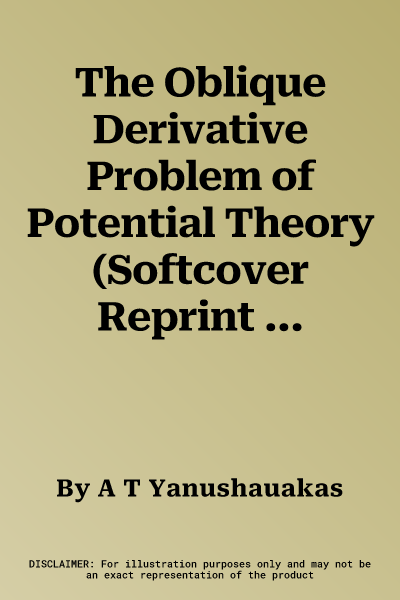A T Yanushauakas
(Author)The Oblique Derivative Problem of Potential Theory (Softcover Reprint of the Original 1st 1989)Paperback - Softcover Reprint of the Original 1st 1989, 6 April 2012

Qty
1
Turbo
Ships in 2 - 3 days
In Stock
Free Delivery
Cash on Delivery
15 Days
Free Returns
Secure Checkout
Part of Series
Monographs in Contemporary Mathematics
Print Length
260 pages
Language
English
Publisher
Springer
Date Published
6 Apr 2012
ISBN-10
1468416766
ISBN-13
9781468416763
Description
Product Details
Author:
Book Edition:
Softcover Reprint of the Original 1st 1989
Book Format:
Paperback
Country of Origin:
NL
Date Published:
6 April 2012
Dimensions:
25.4 x
17.78 x
1.4 cm
ISBN-10:
1468416766
ISBN-13:
9781468416763
Language:
English
Location:
New York, NY
Pages:
260
Publisher:
Weight:
462.66 gm

